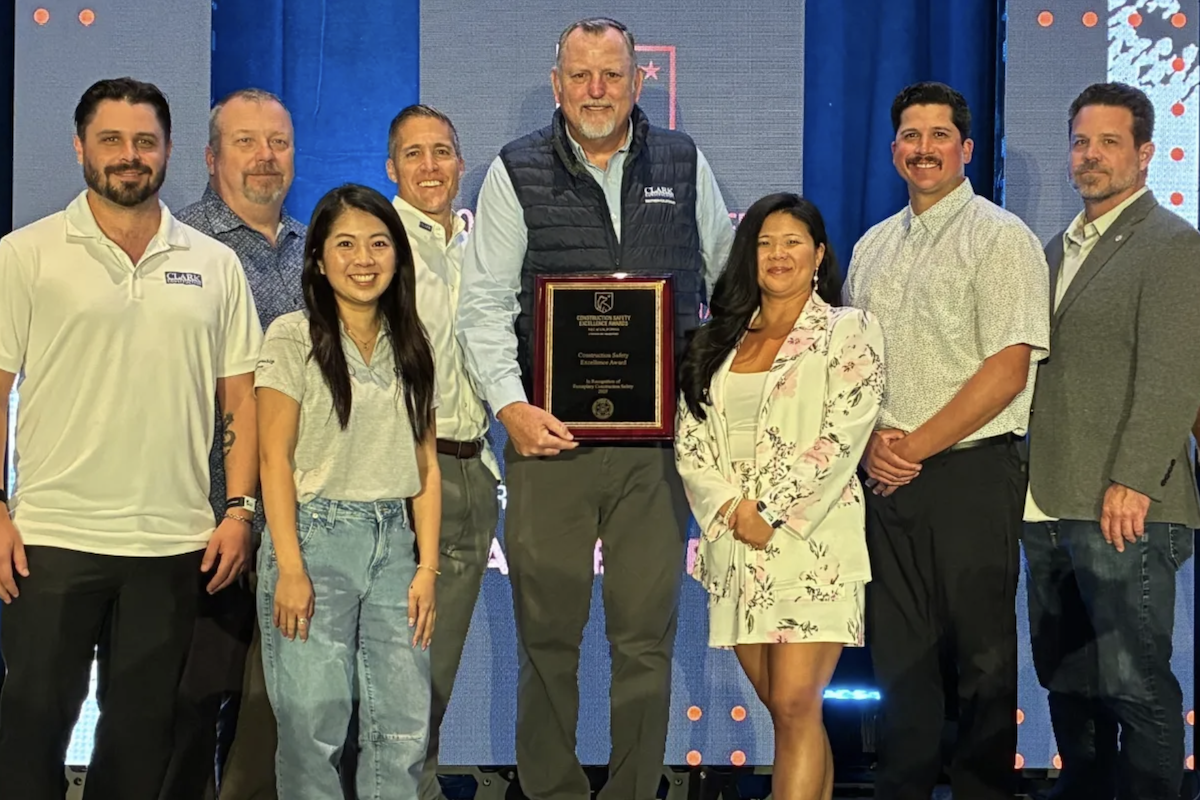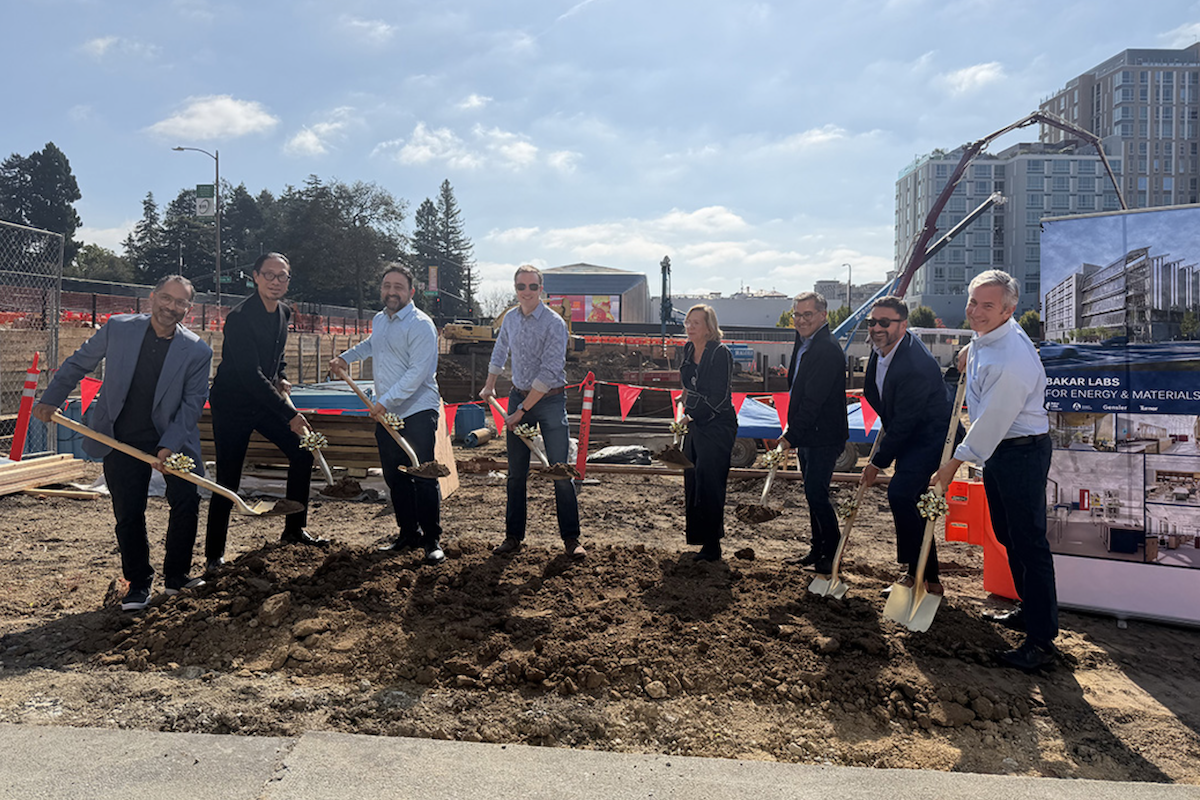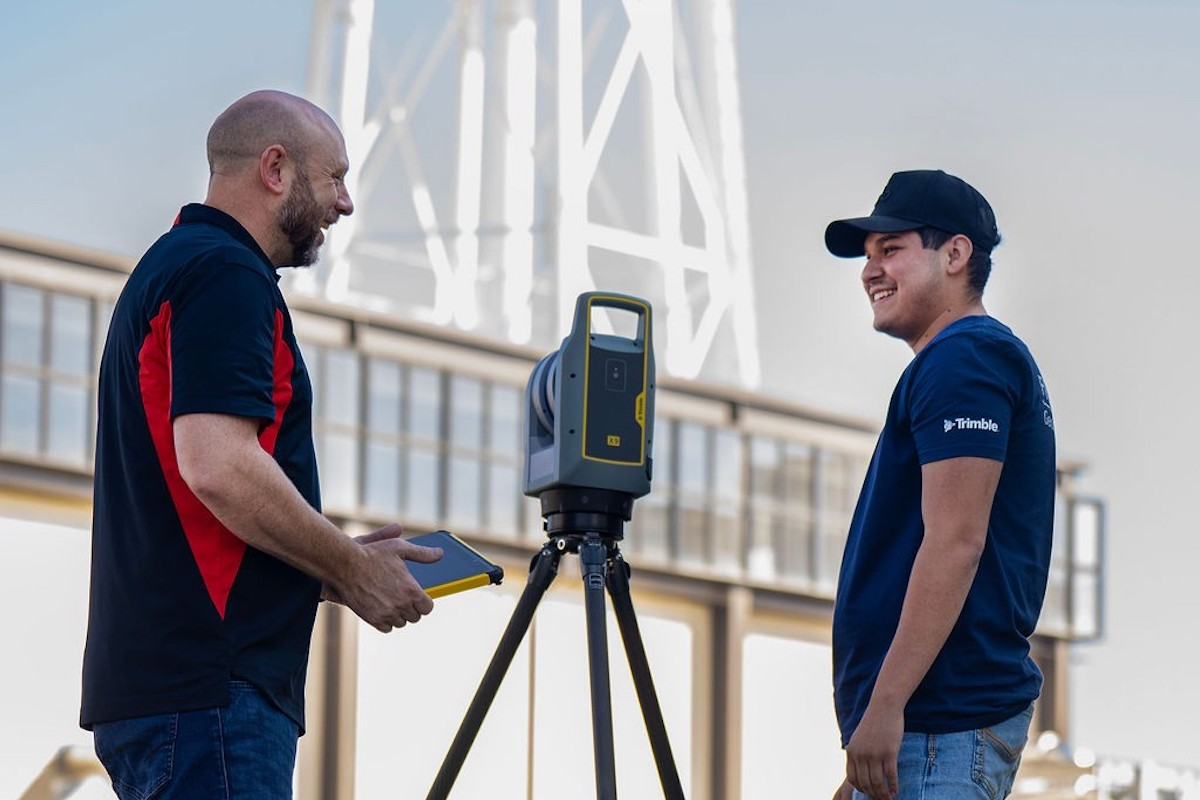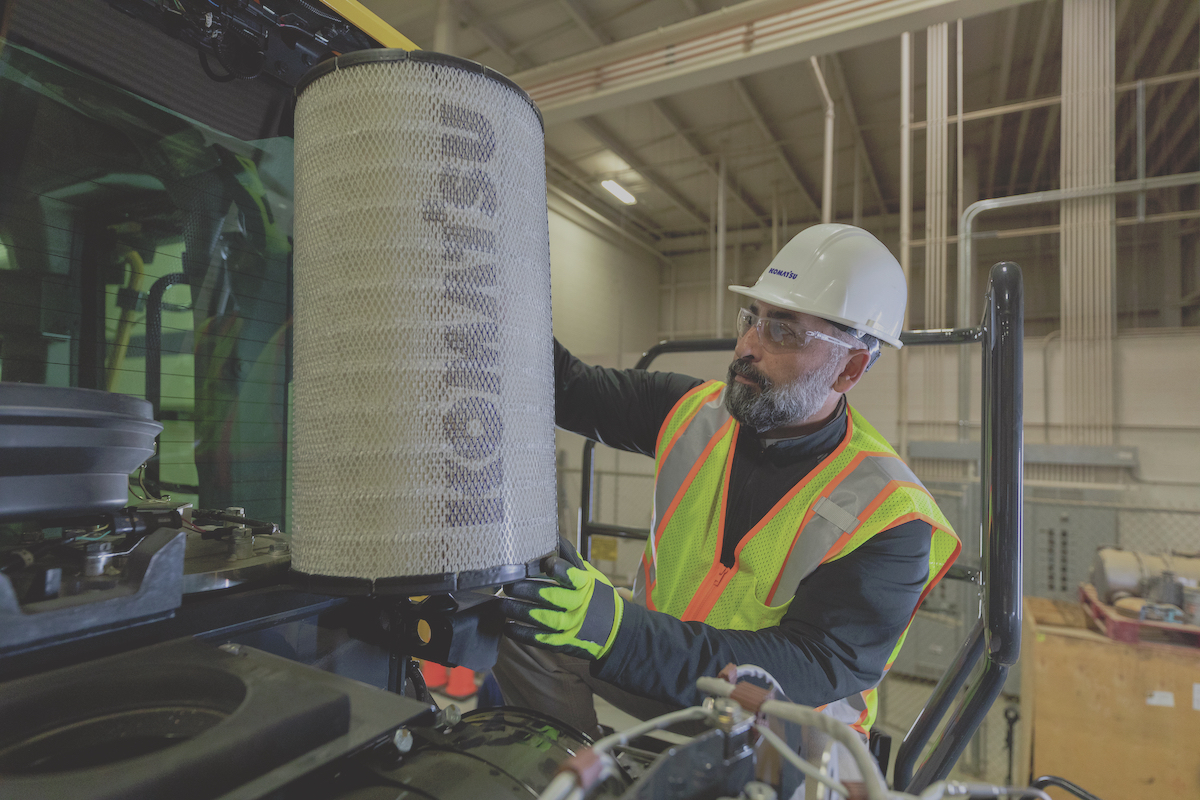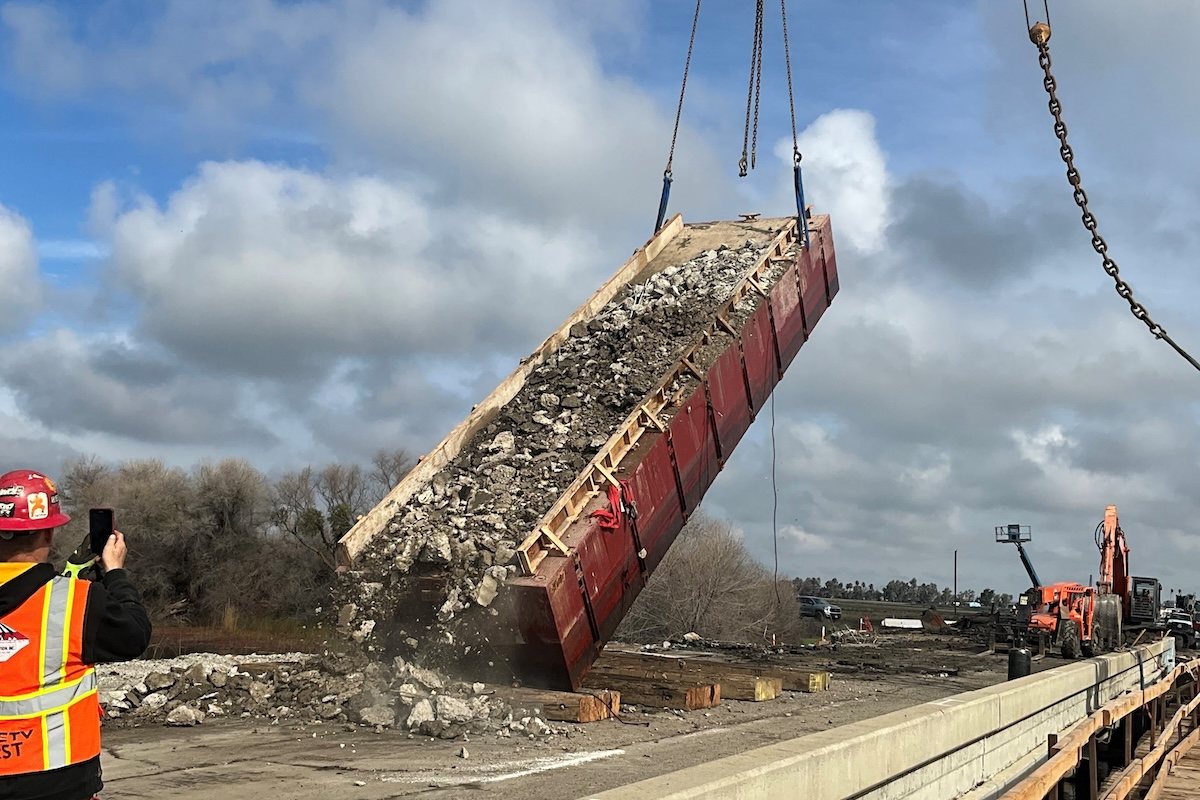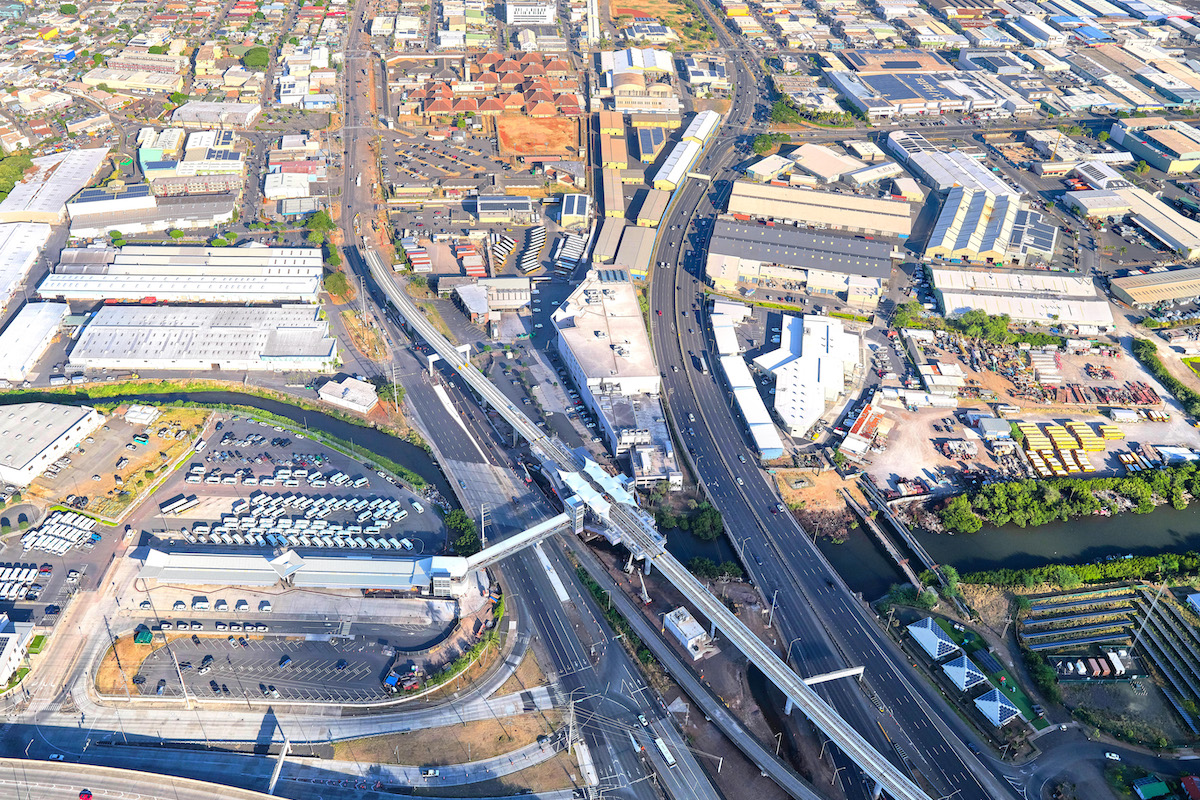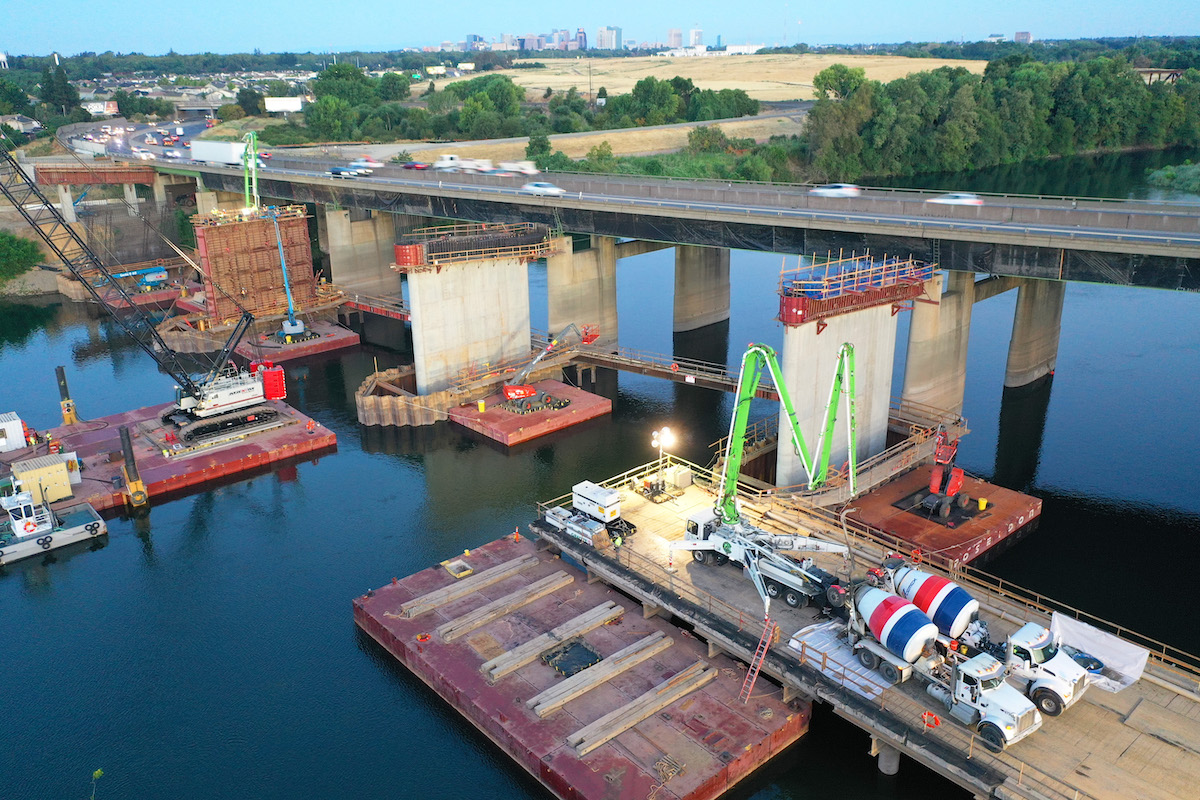But with global initiatives underway to reduce carbon emissions to net zero by 2050, it is up to construction industry manufacturers to find ways to lessen diesel’s carbon impact. A range of solutions is being considered:
- Replacing the diesel engine altogether
- Reconfiguring the engine to run on lower-carbon fuels
- Making the diesel engine as efficient as possible
Unlike some sectors, construction does not rely on a core piece of equipment, but rather on a vast fleet that ranges from mini excavators to massive off-highway trucks. And a jobsite can be anywhere from midtown Manhattan to rural Wyoming. Which is why so many diesel alternatives are being offered, including electric, hydrogen, biodiesel, and other biofuels. And, over the next decade or so, one (or more) of these alternatives will establish themselves as having the greatest long-term potential.
“What’s coming? The answer is probably all of them,” said Jeremy Harsin, Construction Market Director at AEM member company Cummins. “The combination of duty cycle and available infrastructure is going to decide what wins out, but they’re probably all going to have their place in the world.”
“Battery power density is increasing all the time, and we’re seeing a number of different technologies that make better use of battery energy,” said Ray Gallant, Vice President of Product Management and Productivity at AEM member company Volvo Construction Equipment.

| Your local Gomaco dealer |
|---|
| Terry Equipment |
“Electric is happening now as machines are starting to be commercially available,” said Chris Sleight, Managing Director at AEM member Off-Highway Research. Although now quite expensive compared to their diesel counterparts, “at some point the economic argument will be there,” Sleight added.
Electric options are certainly growing. Volvo, for example, started selling its electric compact excavators and wheel loaders into North America this year and recently expanded its offering to five machines.
Electric has also made its way to mid-size and larger construction equipment. Electric machines, however, have some significant downsides. The ones most critical to contractors are limited run-time-per-charge and recharging time.
Although the electric charging infrastructure is the most developed of all alternative powers in the United States, today’s electric car owners still have range anxiety when they get into rural areas. Since many jobsites are not even on the grid, many OEMs are selling chargers with their electric machines. Solar charging is also being examined.
And electric’s strong sustainability argument can break down when one gets to the batteries themselves. First, several minerals are extracted to create the batteries, including copper, lithium, and nickel.
Second, proper end-of-life battery disposal is still in question, not to mention that battery materials have residual value. Caterpillar, for one, said it is looking at repurposing batteries from high-power applications for a lower-power second life.

| Your local Trimble Construction Division dealer |
|---|
| SITECH West |
| SITECH Southwest |
Electric machines will also require a reworking of the dealer parts and service offering and technician training. In addition, residual value is central to any equipment cost equation; the verdict is still uncertain whether the value of electric — or any alternative-powered machine — will hold up in the resale market.
While hydrogen must be compressed and transported at low temperatures, “it’s a portable fuel so you can get it to where it’s needed,” Sleight said.
But infrastructure challenges are also part of the hydrogen story. There are few hydrogen fueling stations and almost all of them — approximately 70 — are in California. Construction equipment powered by hydrogen fuel cells and hydrogen-fueled engines are — at least at this point — in the prototype stage.
This approach offers scale, since many of the components are similar. And it holds promise for off-highway engines since Cummins commonly adopts cross platform technologies, Harsin said.
Despite its “dirty diesel” perception, Cummins says it is worth a reminder that compared with Tier 1 engines, today’s Tier 4 Final engines offer a 96 percent reduction of oxides of nitrogen and a 97 percent reduction in particulate matter.

| Your local Gomaco dealer |
|---|
| Terry Equipment |
The U.S. is also likely to see Tier 5 emissions regulations by the end of the decade, Harsin said. California has already discussed enacting a Tier 5 regulation in 2024 with implementation to start in 2028. Another consideration is the gradual retirement of construction’s aging fleet. Construction machines have a relatively long life; there are plenty of Tier 3 engine-powered machines still plugging away on jobsites. Cat, for example, estimated the average age of its field population to be 11.3 years.
“There’s a lot of good work being done in the diesel space. It’s about lowering our emissions overall. Everything doesn’t have to be zero emission,” Gallant said.
















